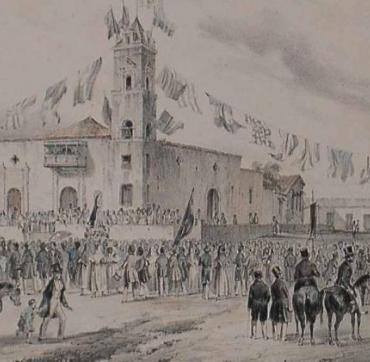Cubans put Asian silkworms to work for artisans in experimental project
especiales

INDIO HATUEY, Cuba : Cuban biochemist Dayron Martin, dressed in a white lab coat and jeans, looks over a table swarming with silkworms with the admiration of a proud father.
Hundreds of the cream-colored caterpillars squiggle across a bed of dark green mulberry leaves - the worm's preferred food - freshly plucked from bushes just outside his laboratory.
This is the payoff, he says: The worms -native to Asia but happily transplanted to Cuba - are spinning a fine, lustrous white fiber that he hopes will be used by Cuban artisans to create products ranging from dresses, blouses, shirts and even cosmetics.
Martin, who heads the ArteSeda project at the "Indio Hatuey Experimental Station" in western Cuba, oversees the process start to finish, from rearing the caterpillars to producing their preferred food and then harvesting their silk.
"It's an ancestral process more than 5,000 years old," Martin says of the traditional Chinese practice, though he notes that it has only recently been adopted in Cuba.
"(The worms) need very specific conditions," he said.

Cuba fits the bill. Balmy temperatures, airy trade winds and a year-round growing season assure a happy home and plenty of feed for the worms, which have made the transition to their new home.
Silkworms are the larva of a moth (Bombyx mori) native to Asia. They spin a cocoon of silk fiber that has long been used as the source of commercial silk.
The Cuban project, which began with funding from the European Union, the Cuban government and more recently from the French government, aims to teach artisans the process and allow them to raise their own worms from scratch.
Artisans then use their silk to create home-grown products to sell to tourists and locals alike, said Dalgi Chaviano, who owns a small shop in Havana that produces cosmetics, crafts, soaps, fabrics and prints.
Chaviano said she recently received authorization from the local government to raise mulberry plants and silk worms in Havana, allowing her to produce her own raw material.
"Every day I discover something new to do with the silk," Chaviano said as she put the finishing touches on a pair of red silk earrings.














Add new comment